Plant of the Month: April 2020
|
| Mayhaw trees |
| Cratægus ætivalis (Walt.) T. & G. |
| Cratægus opaca H. & A. |
ROSACEÆ; Rose Family
|
| Mayhaw trees are odd little hawthorn trees notable for flowering early in the year (in the wild: February & March) and ripening fruit early (late April to mid-May). Also, their fruit is far more appealing as an edible crop than fruit of most hawthorn haws (berries). Perhaps close to 100 cultivars have been named. People eat Mayhaw fruit raw, or process it into pies, marmalades, butters, jams, jellies, condiments, syrups, wines, and desserts. |
| My book Trees of Seattle, second edition (2006), states that Seattle has a Mayhaw tree, but supplied no details. This article now shares the details. |
Two Mayhaw species exist, and they hybridize.
|
| Cratægus ætivalis (Walt.) T. & G. |
May Hawthorn. Eastern Mayhaw. Apple Hawthorn. Southern Summer Haw. Shining Hawthorn. From moist soils on the Coastal Plain of S North Carolina to S Mississippi. The specific epithet, published in 1788, derives from Latin æstiva --of summer; because the haws ripen in summer instead of fall. Its beautiful large flowers, aromatic well-flavored red fruit, and tolerance of wet soils make it a good ornamental for moist parts of the South. Related closely to C. opaca, but blooms two weeks earlier, ripens fruit earlier (6 to 8 weeks from blooming), and has unlobed, hairless leaves. Cultivars for fruit production include 'Big Red', 'Big V', 'Heavy', and 'Lori'.
|
| Cratægus opaca H. & A. |
Western Mayhaw. Riverflat Hawthorn. May Hawthorn. May Haw. Apple Haw. From the Coastal Plain of E Texas to SW Alabama; most common in Louisiana. Named in 1835. It blooms 2 weeks before C. ætivalis. The name opaca refers to the relatively dull haws. Flowers white, fragrant, from half an inch to just over 1 inch wide, in clusters of 3 to 7, in February-March, before or while leafing out. Leaf lobed sinuately, underside very hairy, 1 to 3 inches long; top side usually matte. Haws can be solid red, but are usually yellowish, from half an inch to 1 and a quarter inch wide. Cultivars for fruit include: 'Stark LA-No. 1', 'Super Spur', and 'Warren'.
|
A Seattle garden contains two Western Mayhaw trees, neither visible from the street. They have grown there for many years, but do not always bear fruit, perhaps due to excessive shade or insufficient pollination. They have proved fully hardy, are attractive, and suggest that more people should try growing Mayhaw trees in or near Seattle. As my photos below show, they bloom in April, and ripen fruit in July (dropping on the lawn). I do not know if they are seedlings or cultivars. Different cultivars in different gardens likely bloom and ripen at different times. If someone knows of other Mayhaw trees in Seattle I will appreciate learning about them.
Back |
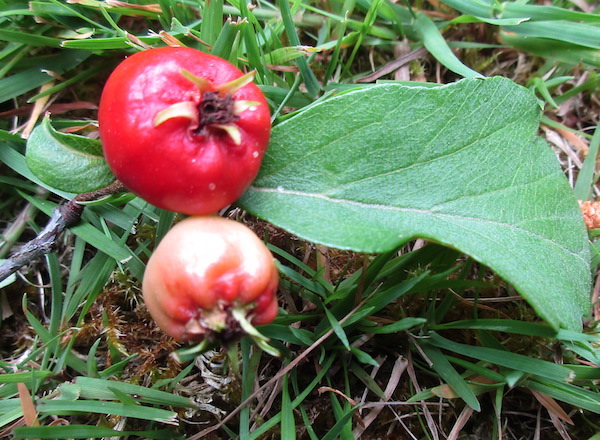
Western Mayhaw fruit in July; photo by ALJ
|
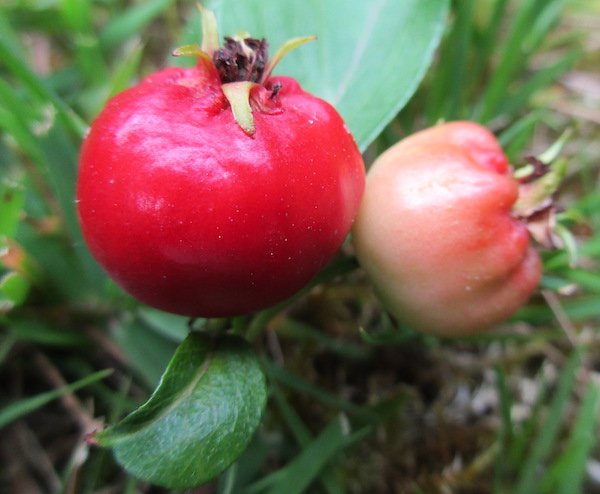
Western Mayhaw fruit in July; photo by ALJ
|
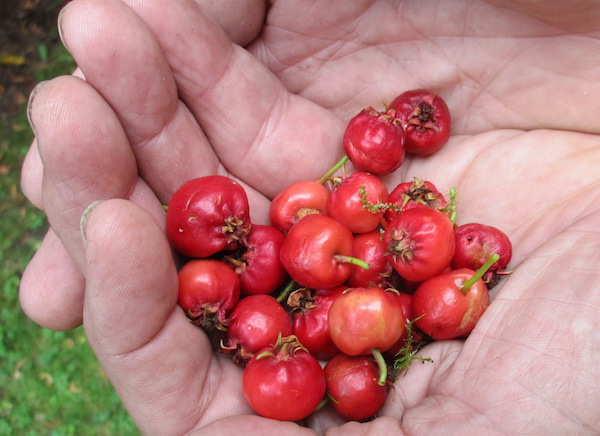
Western Mayhaw fruit in July; photo by ALJ
|
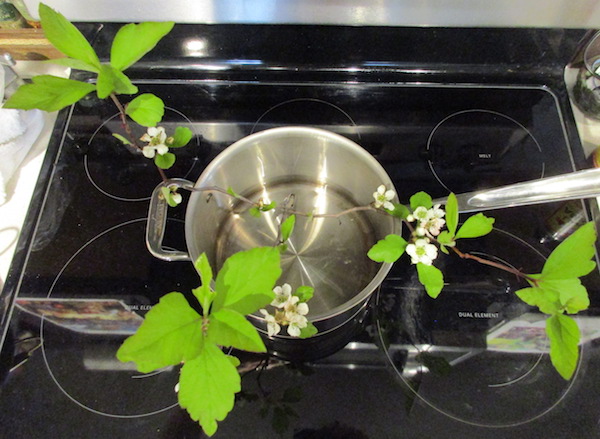
Western Mayhaw flowers in April; photo by ALJ
|
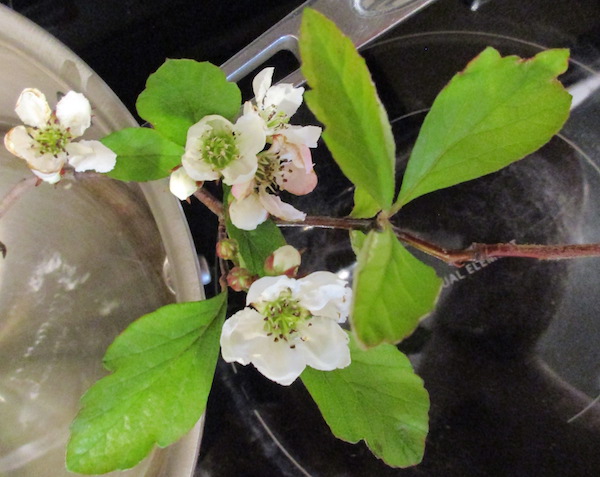
Western Mayhaw flowers in April ; photo by ALJ
|
|
|

